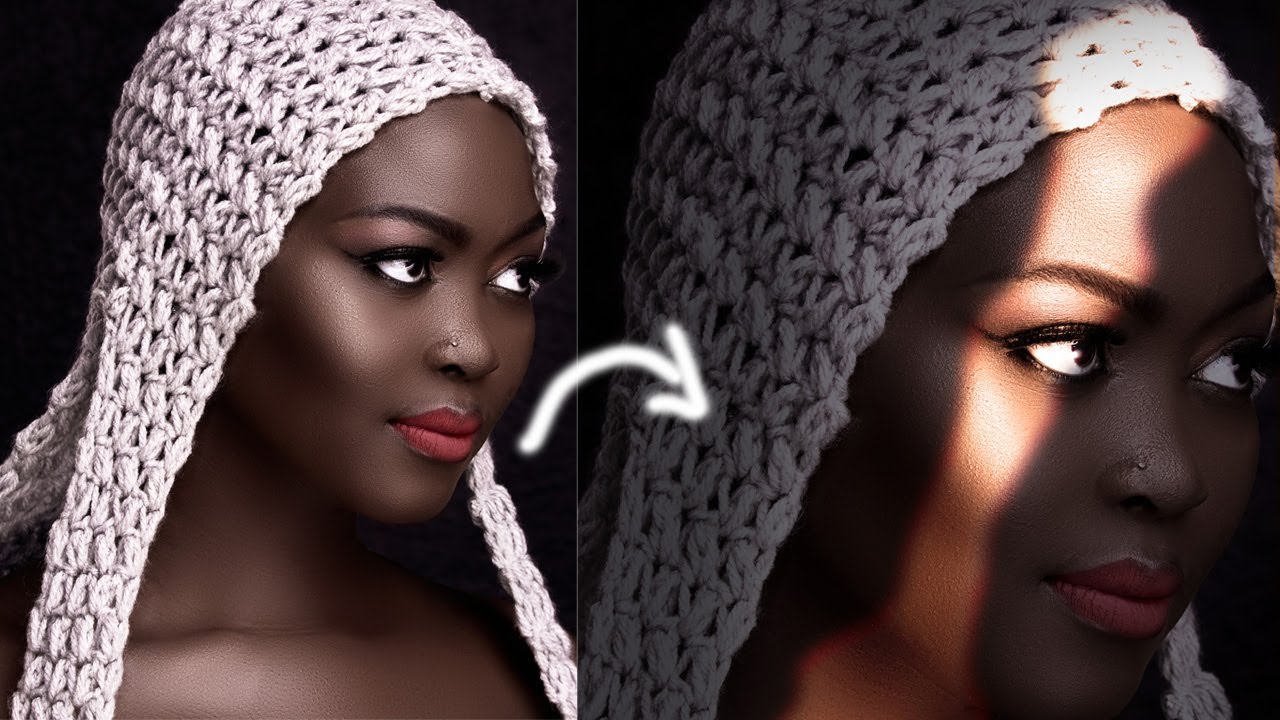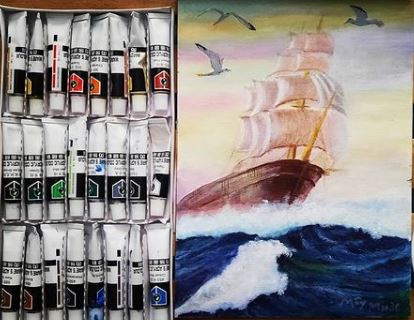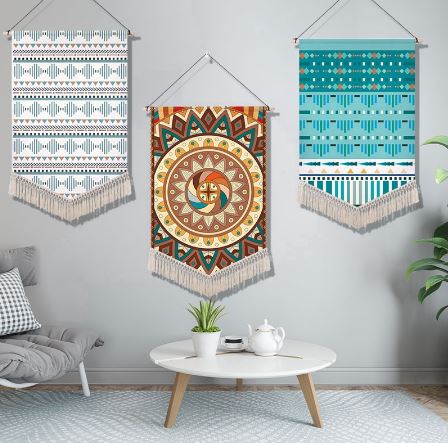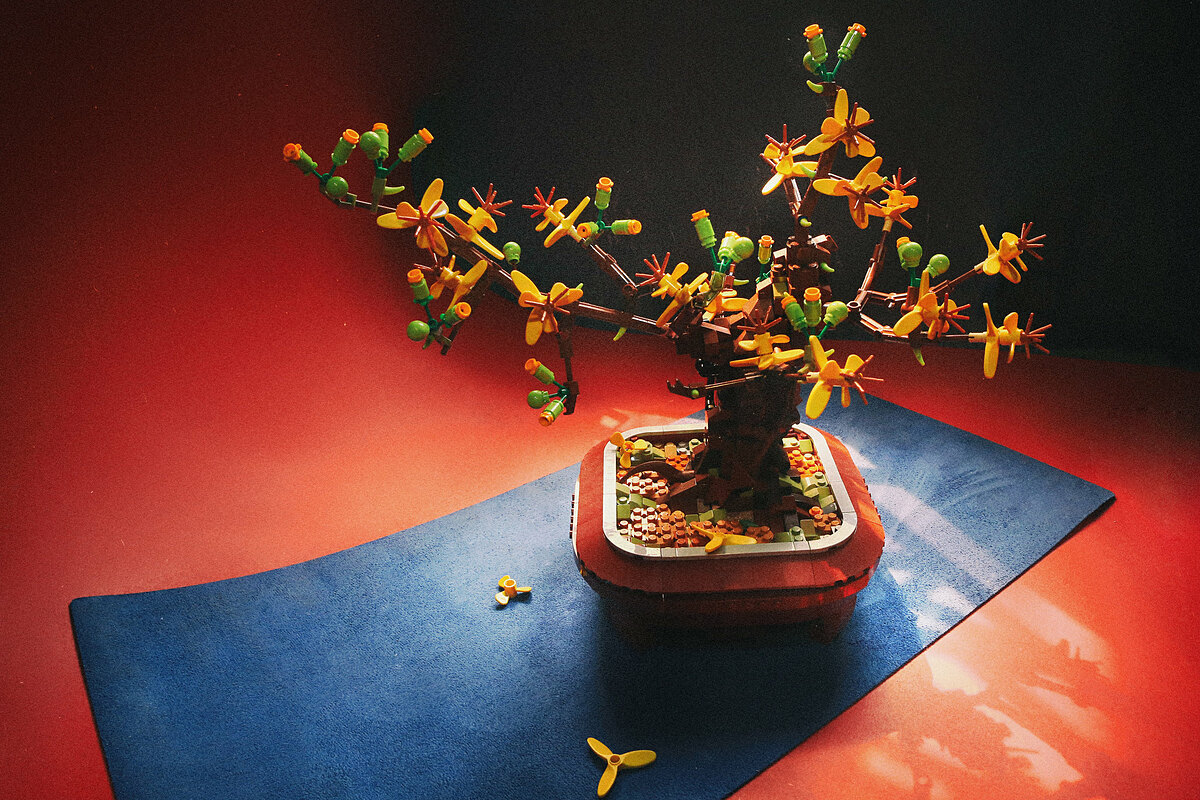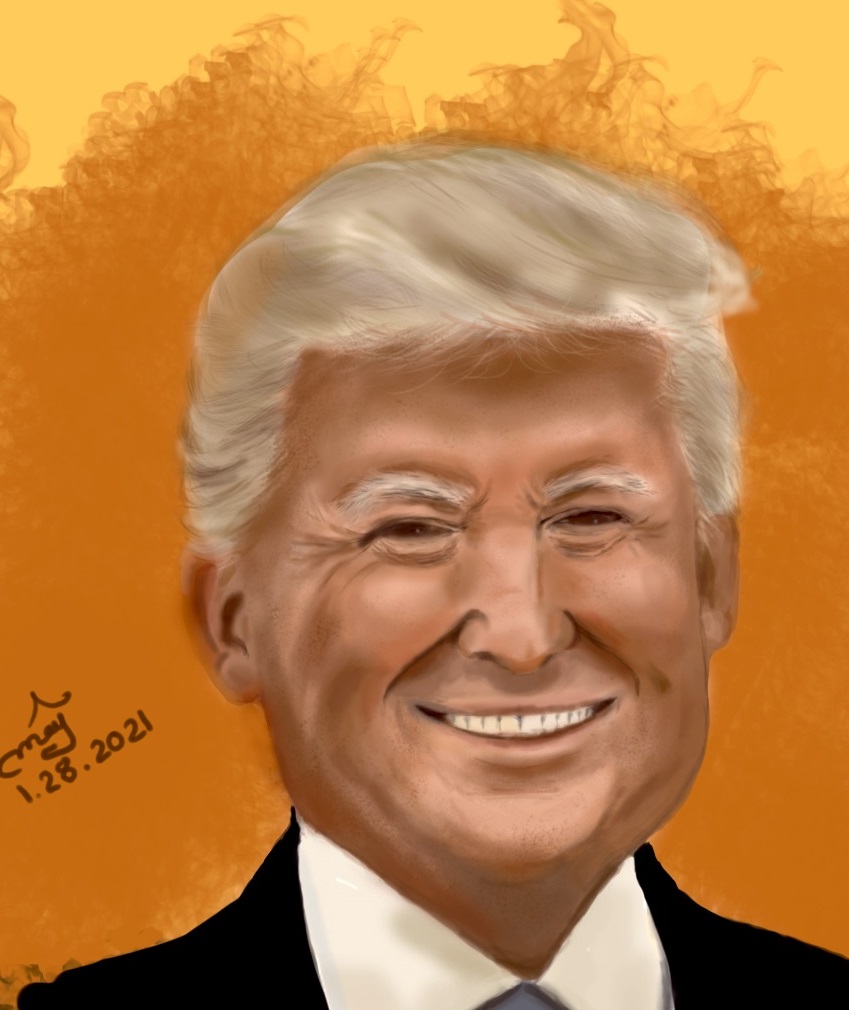Most popular forms of art in Vietnam. Vietnamese art is visual art that, whether ancient or modern, originated in or is practiced in Vietnam or by Vietnamese artists.
Vietnamese art has a long and rich history, the earliest examples of which date back as far as the Stone Age around 8,000 BCE.
With the millennium of Chinese domination starting in the 2nd century BC, Vietnamese art undoubtedly absorbed many Chinese influences, which would continue even following independence from China in the 10th century AD. However, Vietnamese art has always retained many distinctively Vietnamese characteristics.
By the 19th century, the influence of French art took hold in Vietnam, having a large hand in the birth of modern Vietnamese art.
In this article today, we will introduce you with the Most popular forms of art in Vietnam.
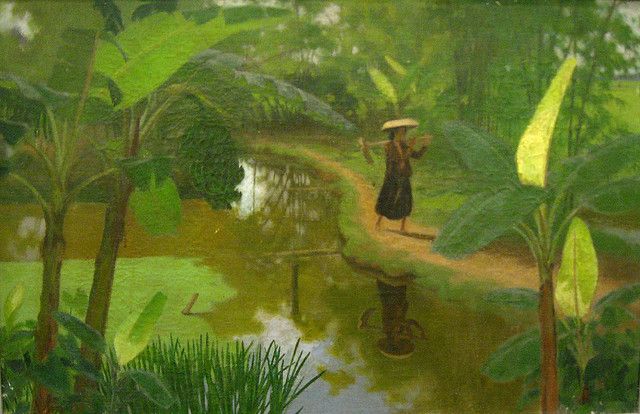
Most popular forms of art in Vietnam
During the long process of development, there are numerous works of art found in archeological sites throughout the country with many types including sculptures, ceramics, paintings… and a variety of materials, such as stone, bronze, steel, clay, wood, and paper. Besides, other art forms have been developed to satisfy Vietnamese demand for enjoying art and entertainment, such as architecture, calligraphy, visual arts, performing arts, language arts, cinemas…
Architecture
Calligraphy
Visual Arts
Performing Arts
Language arts
Cinema
Architecture
Thanks to depicted patterns on the bronze Dong Son drums, it can be said that in primitive times, Vietnamese people inhabited in stilt-houses which are similar to some kinds of houses built in Vietnam today. During Chinese domination, Vietnamese buildings, mainly pagodas, temples, communal houses, imperial palaces and quarters adapted some architectural design from China to create the harmonious combination of Vietnamese traditional style and Chinese architecture. When French colonists landed into Vietnam in the nineteenth century, numerous French-styled architectural structures, including villas, government buildings, church, opera houses, etc were constructed. Some of Vietnam’s most notable architectural complexes include the Temple of Literature and the First National University, One Pillar Pagoda in Hanoi city, Hue Imperial City, Perfume Pagoda (Chua Huong) and the surrounding area in Ha Tay province.
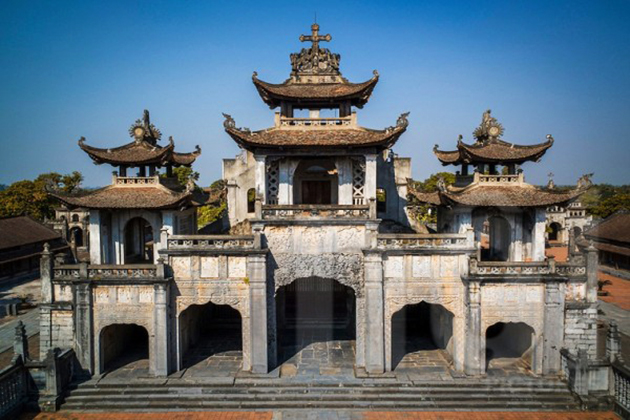
Calligraphy
Calligraphy giving is a special meaningful custom in Vietnam with a centuries-old history of development. Originating from the art of artistic hand-writing, Vietnamese calligraphy used to utilize Chinese characters which are known as Han tu in Vietnamese, and Nom script, an obsolete writing form based on Chinese language that developed during the tenth century. Under the feudal systems, scholars and the elite class were highly respected, so it was an extreme honor to receive of their beautiful hand-writing. Nowadays, the old Vietnamese character-based writing systems are replaced with Quoc Ngu, a script based on the Latin alphabet with accent mark under each character; however, calligraphy still plays a significant role in Vietnamese life. On special occasions like on Lunar New Year, before the Entrance Examination to University, etc people would visit temples and pagodas to commission scholars to make a calligraphy wall hanging or parallel sentences in the hope of bringing luck, health and wealth to them and their family.
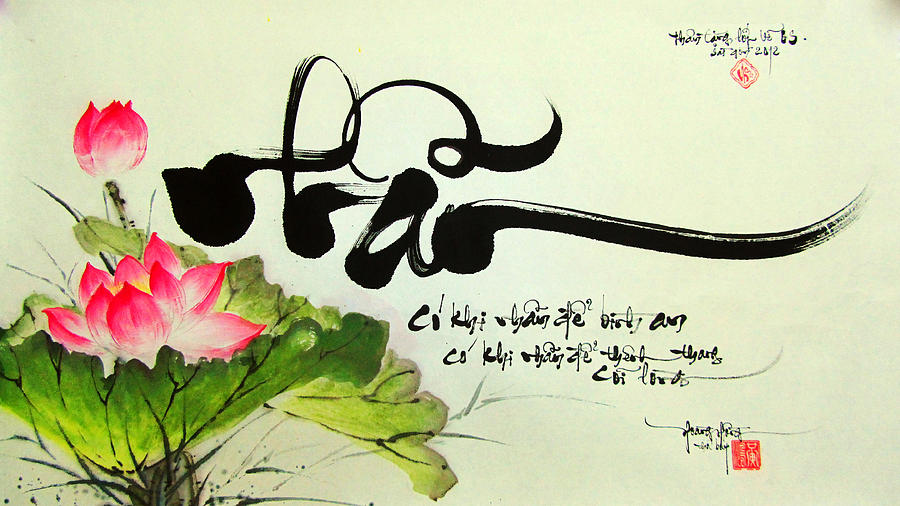
Traditional Music
In the old days, Vietnamese traditional music developed rapidly with the emergence of numerous music instruments like Đàn Nguyệt (moon-shaped lute) and performing arts like Ca Tru singing, Xoan singing, Quan Họ Bắc Ninh fork songs, Xam singing, Lullaby singing, the art of Đờn Ca Tài Tử in southern Vietnam, Cao Lan folk songs, Sán Chí folk songs, etc. These music genres hold an indispensible part in Vietnamese daily life as a tool to express their innermost feelings, to encourage themselves while working and fighting, to educate their children in good traditions and national sentiment, to communicatewith the invisible, and to sublimate their aspirations for a happy life.
Some of the most widely known genres include:
Quan Họ Bắc Ninh folk songs
A folk performing art originated from about the thirteenth century, have always been associated with the spring festivals to celebrate Vietnamese Lunar New Year. Songs are alternatively performed between two women from one village who sing in harmony, and two men from another village who respond with the same melodies, but with different lyrics. Nowadays, Quan Họ singing is usually performed on various occasions like worshipping ceremonies, village festivals, competitions and even informal gatherings. This form of art has been recognized by UNESCO as intangible cultural heritage of humanity for its cultural value, social custom preservation, performing arts, style of contact, lyric and costume.
Vietnamese Court Music was officially listed by UNESCO among masterpieces of the Oral and intangible heritage of humanity on 7th November 2003. Court Music, with its original meaning, referred to a music genre, combining dance with opera, usually practiced in worshiping rituals, national court – organized festivals, and entertaining occasions for Kings and Royal families. However, the word “Nha Nhac” was mainly used in Vietnamese court under feudal dynasties from Ho Dynasty with different meanings, such as general court music and concrete orchestra.
Nha Nhac
Ca Trù Singing
A long-standing and unique form of art having special meaning in the musical treasures of Vietnam, has been listed as a cultural heritage in need of urgent protection by UNESCO. Ca Trù performing guilds usually comprise of three people: a female musician produces unique ornamented sounds from breathing techniques and vibrato and plays the clappers or striking a wooden box at the same time, and two instrumentalists create the deep tone of a three-stringed lute and the strong sounds of a praise drum.
Xam Singing
A popular Vietnamese folk music form in the Northern region of Vietnam. Traditionally, Xam was performed by blind artists who wandered from town to town and sang different types of Vietnamese folk music in common places, such as open markets, temples and streets as a source of livelihood. Xam artists often play Vietnamese monochord (Đàn bầu) and Vietnamese two-chord fiddle (Đàn Nhị) to accompany the songs themselves, and sometimes they form a band with one singer and other musicians who play traditional instruments like drum.
Xoan Singing
A vocal art regularly performed in Phú Thọ Province, has been voted by UNESCO as an Intangible Cultural Heritage of Humanity. During spring festivals, Xoan songs usually practiced in sacred spaces such as shrines, temples and communal houses for intended purposes: worship singing for the Hùng kings and village guardian spirits; ritual singing for good crops, health and luck; and festival singing where male and female villagers alternate voices in a form of courtship.
In addition, there are many other folk performing arts on the list of national intangible cultural heritage, such as the Space of Gong Culture in the Central Highlands; the art of Đờn ca tài tử in southern Vietnam; Cao Lan folk songs, Sán Chí folk songs; Ví, Giặm folk songs of Ngệ region have also been widely practiced in Vietnam.
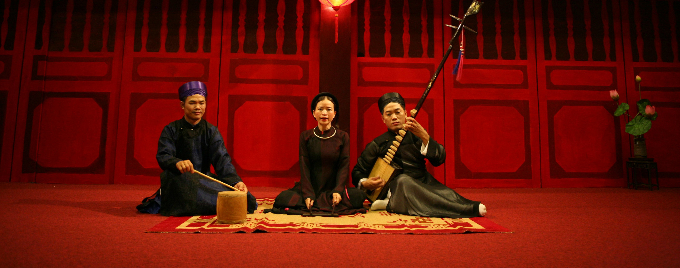
Traditional Theater
Despite being strongly influenced by Chinese opera and other art forms, Vietnamese theater with three special genres: Tuồng singing, Chèo singing và Cải Lương singing have been modified to be suitable for Vietnamese people.
Tuong singing
Being a form of art imported from China around the thirteenth century, Tuong singing (also known as Boi singing) was originally used as entertainment for royal court and was later performed by traveling troupes for commoners and peasants. One typical feature of Tuong singing is the use of well-known stock characters who wear elaborate make-up and costumes to represent the characters that they are performing.
Cheo singing
This is a satirical musical theater dating back to the 12th century under the Ly Dynasty. Traditionally, Vietnamese peasants in northern Vietnam usually danced when singing folk songs and another music band plays fiddle, flute and drum.
Cai Luong singing
During the twenty century, this kind of modern opera emerged in the South of Vietnam and flourished as an entertaining theatre of the middle class under French colonial period. The special imprints of this folk style on audience are the harmonious combination of southern Vietnamese folk songs, classical music, Tuong singing and modern drama as well as the use of extensive vibrato techniques.
Water puppet
Arising in Red River Delta around the eleventh century, Water Puppetry is deemed to be the most popular art genre as well as a typical cultural feature of Vietnam’s wet rice civilization thanks to its uniqueness and attractiveness. In water puppet performance, a pond or a waist-deep pool is used as the stage. This stage is hidden by a screen where the puppeteers stand to control puppets made of lacquered wood. Day-to-day village life, legends and national history are regularly used as the main themes of water puppet shows. A very important character of every water puppet performance is Teu, a pig-tailed bumpkin taking the role of a story teller. The introduction of Chu Teu is always followed by a small folk orchestra and a festive atmosphere created by spotlights and colorful flags on the stage. To discover special characteristics of water puppet or enjoy puppet shows, tourists can visit Thang Long Water Puppet Theater and traditional villages such as Rach village in Nam Dinh province being well-known for water puppet troupes.
Visual arts
Silk painting
Vietnamese silk painting has long won the hearts of many art lovers nationally and internationally for its simple poetic themes, vibrant colors and various styles. The silk canvas are usually not painted and directly used as the background of the painting. Each painting is a great description of peaceful countryside, breathtaking landscapes, ancient pagodas and even the depicted scenes of daily life. Modern Vietnamese silk paintings have their own unique character and distinctive color to make them different from those of China and Japan.
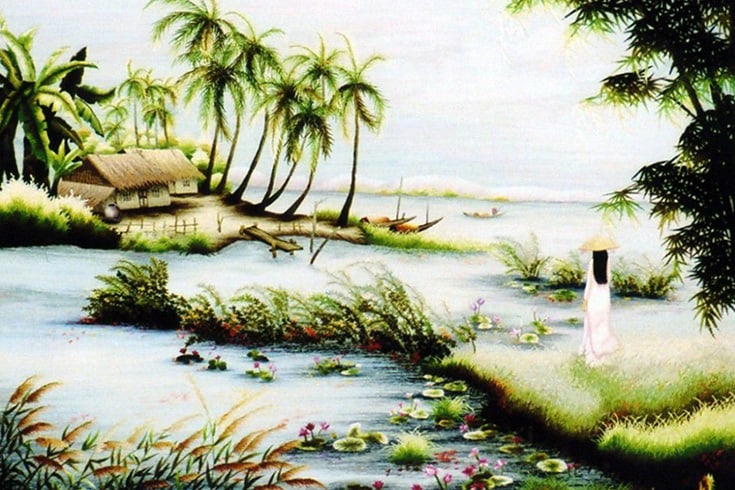
Dong Ho painting
This traditional woodblock print with three-century history is thought to be a special kind folk painting first created by painters in Dong Ho village, Song Ho Commune, Thuan Thanh district of Bac Ninh Province. Dong Ho paintings are manually printed on a typical kind of Dzo paper which is made from back of a tree called “Dzo”. The most interesting feature in making Dong Ho painting is the use of different colors which are refined from various types of natural materials, such as tree leaves, sea shells, etc. Scenes depicted in these paintings vary from those of daily life, seasons of the year, symbols of prosperity and luck, Tet Holiday to piece of worship. All those patterns give us insight into people’s innermost feelings, wishes as well as dreams.
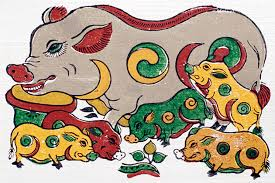
Material Arts
In the process of founding and protecting the country, different types of Vietnamese martial arts have been developed and inherited from generation to generation as a tool to defend ourselves from foreign invasion. Despite being heavily influenced by Chinese martial arts and philosophy of great religions: Confucianism, Buddhism and Taoism, it has still developed its own characteristics which used to be strongly reliant on the “Viet Vo Dao” (philosophy of Vietnamese martial arts). There are a number of notable kinds of Material Arts including: Vovinam, Bình Định material arts and Quan Khi Dao. Nowadays, Vietnamese Material Arts have strengthened their definite position in Vietnamese daily life due to the ever-increasing numbers of follower who practiced for various purposes, such as improving health and preparing for competition. Besides, the presence of Vietnamese material arts in some international sport competitions has drawn great attention of foreigners, especially material art lovers.
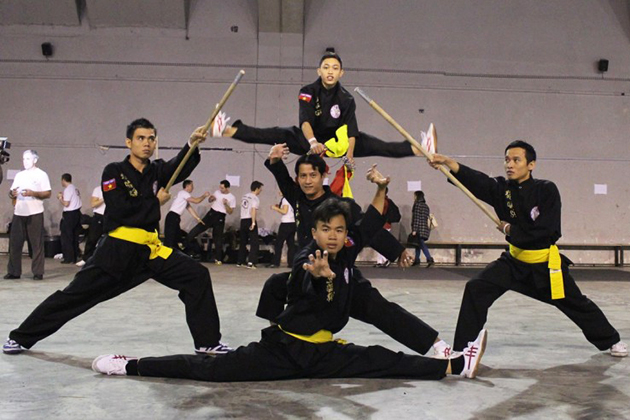
Theartcult hopes that this article has provided you provide useful information on the most popular forms of art in Vietnam. If you have any questions or suggestions on this topic, don’t hesitate to leave us a comment below. Thanks for reading!






